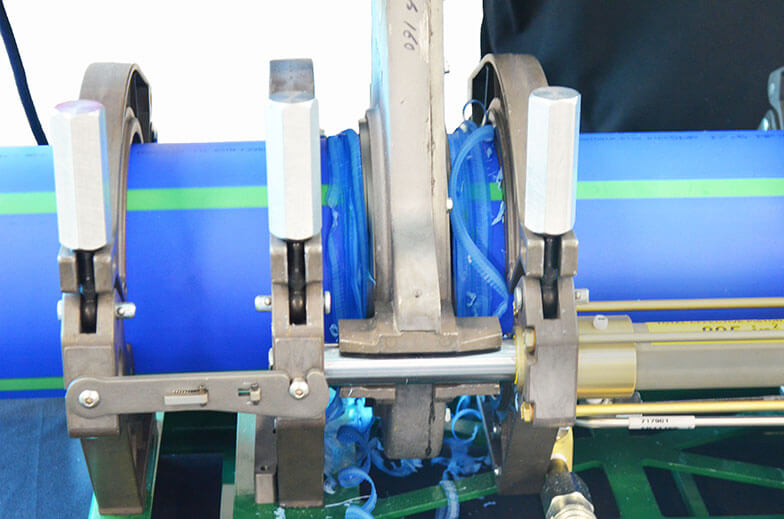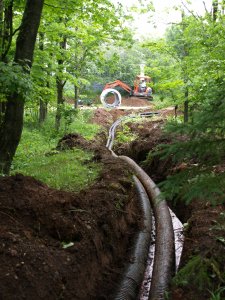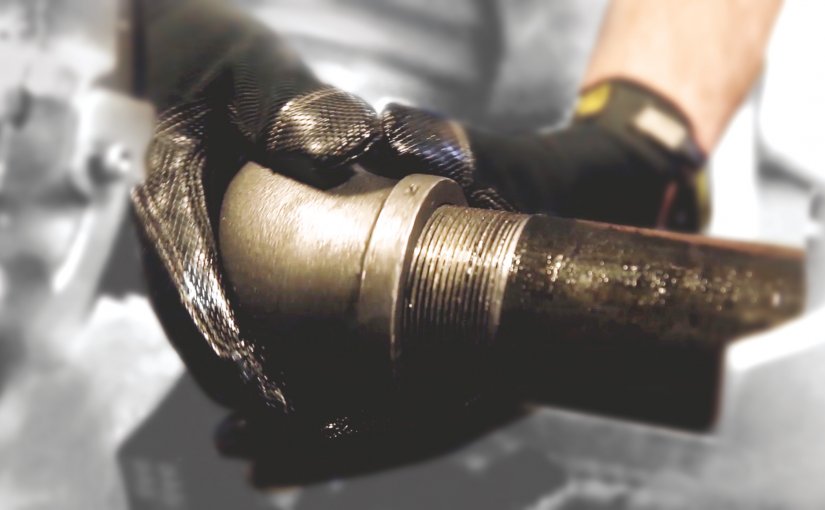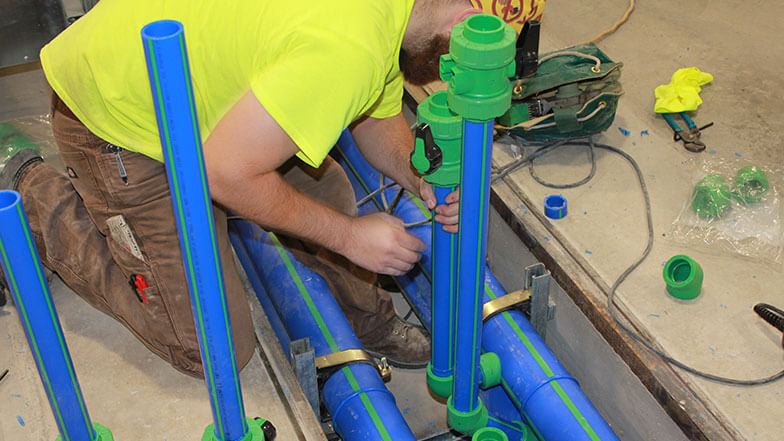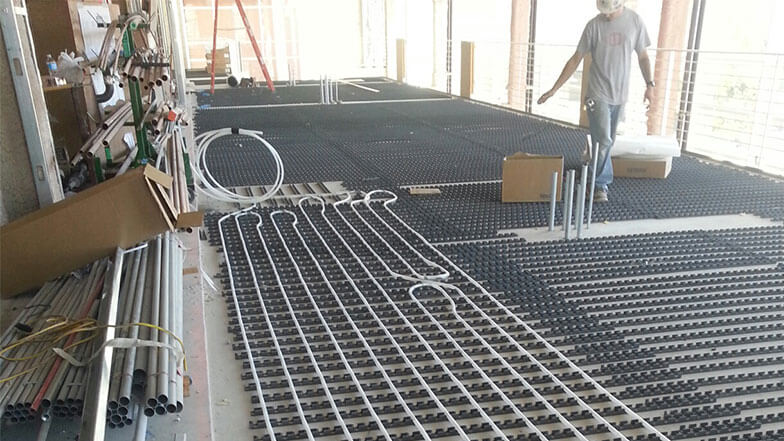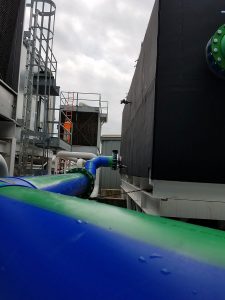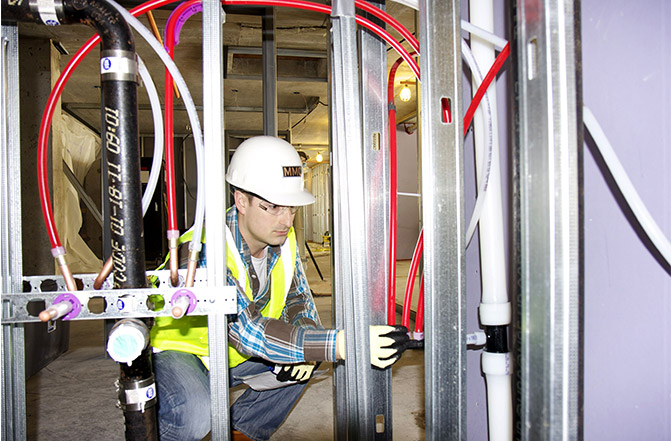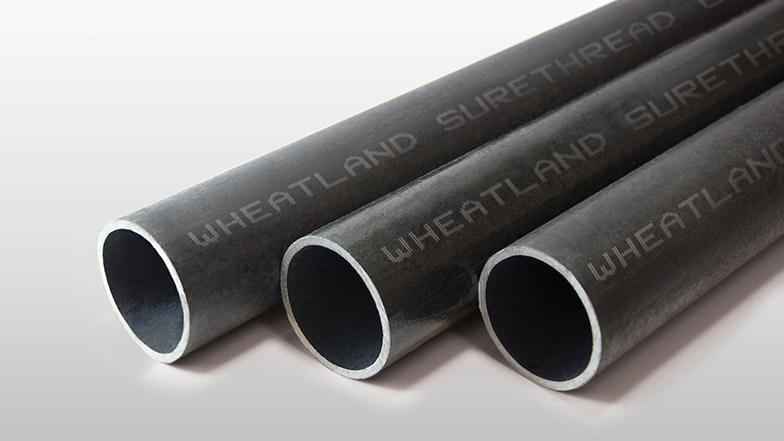Going Big: Second Pipe Cutter More Efficiency
Alexander Mechanical, Inc. purchased its first Watts pipe cutting machine in 2020 and immediately increased efficiency and decreased material costs. So as business grew and fabrication jobs started calling for bigger pipe, Alexander Mechanical bought a second, larger Watts pipe cutter that again increased efficiency and also offered more flexibility.
Alexander Mechanical specializes in commercial, industrial, and federal projects nationwide, with an approach it describes as “design, build, and maintain.” The company prides itself on completing quality projects on time and within budget. President and CEO William (Bill) Alexander founded Alexander Mechanical in 1998 after a 22-year career as a journeyman pipefitter and a member of Pipefitters Local Union 533 in Kansas City, MO.
Rising Demand
Alexander explained, “Entering into 2020, our pipe fabrication volume was growing, and we wanted to become more efficient. Simply put, we needed to cut more pipe and we needed to do it more quickly. At that time the majority of pipe we were fabricating and installing was 12” outer diameter (OD) or less.
“Our situation was actually quite simple,” continued Alexander. “To keep up with the fabrication demand, we had to automate our systems. Because of our involvement with MCAA, I was aware of Watts Specialties. Our local Watts rep did a very good job of promoting their product, so we visited a company with a Watts machine and immediately realized that this would help us to grow our fabrication output and our company.”
Perfect Timing
Alexander noted, “In 2020, we purchased and installed a Watts W-122 CNC pipe cutting machine with a 25’ feeder roller bed. We immediately saw an increase in our pipe cutting ability. This was perfect timing; our pipe fabrication began to increase just as we had expected. Not only did our actual pipe cutting become more efficient, our material costs improved as well.
“Prior to having the W-122,” Alexander continued, “we kept a very large bin where pieces of scrap went in case we needed a 3’ pipe. The Watts machine, running on their 3D-Profile Plus software, reduced our scrap pieces to almost nothing. The software maps out the cuts for the job and optimizes the cuts to minimize waste. We probably save 100’ of pipe every month because of the efficiency of the Watts machine with the pipe cutting software.”
Estimate how much a new Watts pipe cutter could save your business using Watts’ ROI Calculator.
Continued Growth
Alexander went on to say, “As we approached 2023, our fabrication jobs continued to increase. In addition, we started getting jobs calling for larger pipe. Many of our fabrication projects called for pipe that exceeded 12” and even 20” OD. We needed another machine that could handle up to 24” OD.
“We looked at a larger machine of a competitor,” Alexander said, “but the service we received from Watts and the reliability of our first machine made the choice easy. We decided to get a Watts W-244 machine. This has increased our flexibility and efficiency once again.
“Honestly, I really had not appreciated the value of having a six-axis cutting head until the new machine was operating. We had to manually change the angle of the torch head with the W-122 machine. The W-244, with the six-axis cutting head, does everything controlled by the software and the machine. Hit ‘submit’ and that machine moves through multiple cuts, adjusts the cutting head angles, and makes the cuts in minutes, depending on the cuts.”
See Watts’ pipe cutting machines in action here.
Seamless Software Solution
“We install a lot of pipe for chilled water, hot water, and steam piping,” said Alexander. “On the majority of our projects, we try to fabricate more than 40 percent in our fab shop, either with piping racks or pre-piped equipment skids. One of our objectives with the new machine was to increase our ability to automate our processes with our Stratus 3D building information modeling to spooling to fabrication. The Watts 3D software makes this process more seamless.”
Steady Support
Alexander Mechanical also appreciated Watts’ customer support. Alexander explained, “We really work these machines, and we sometimes need support. Watts was always there when we needed them. This was a deciding factor when making a decision on a replacement. Ultimately, the support we received from Watts with the first machine made the second machine purchase an easy decision.
“From phone support to in-person visits, the support is prompt and issues are resolved! They have ensured the least amount of downtime by shipping parts quickly or guiding us through software issues,” Alexander concluded.
For more information, visit watts-specialties.com.
















